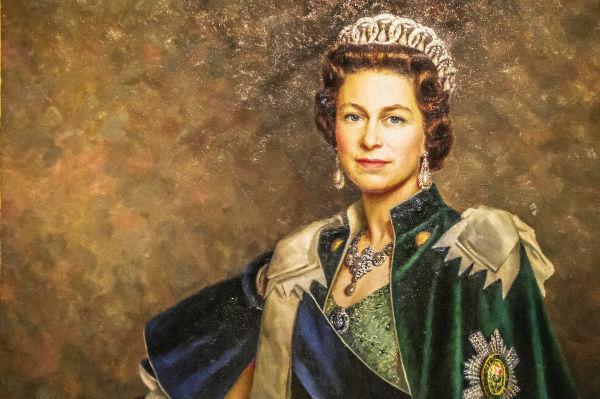The Third Industrial Revolution, also known as the Technical-Scientific-Informational Revolution, is the last moment of the period in which Europe and America underwent significant economic changes and social. The period began in the 1950s and continues until today.
The main milestone of this stage of the Industrial Revolution was the use of electronics and information technology to modernize industry.
During this period, advances began to appear in several areas of technology, such as robotics, biotechnology, genetic studies, among others.
Characteristics of the Third Industrial Revolution
After World War II, the world entered a stage of important technological evolutions, motivated mainly by the junction between the advancement of scientific knowledge and the growth of production industrial. At this stage, much of the knowledge produced was aimed at improving the industrial development.
However, the growth of scientific knowledge, even though it has been widely used in the industrial area, was not restricted to this sector. Agriculture and livestock activities, for example, were also influenced by these advances.
From the growth of the process of globalization, O capitalist model became the most used in the world and the use of technologies that promoted dynamization and massification of productivityindustrial in this system was increasingly encouraged.
The work also intensified and enabled the creation of new products, which began to compete in an increasingly competitive market. As a result, there was a huge accumulation of capital and more. investment in technologies for production, marketing and provision of services.
The activities of Computing, like computers, softwares, microelectronics, chips, transistors, electronic circuits and the robotics started to be more used in industries, commerce and telecommunications.
New energy sources, like nuclear power, were used to help keep the industry in full swing. There was also the expansion of radio and television transmitters, fixed and mobile telephony, the aerospace industry, biotechnology, among many other innovations.
In summary, the main features of the Third Industrial Revolution are:
- Advanced industrial development;
- Influence of the globalization process;
- Propagation of multinational companies;
- Advancement of the capitalist model;
- High investment in new technologies;
- Use of technology and information technology in industry;
- Emergence of new energy sources.
See too: characteristics of globalization.
Main inventions and discoveries
Among the main inventions and discoveries of the Third Industrial Revolution, the following stand out:
- Use of new metal alloys used in metallurgy and in the construction of more modern means of transport, such as airplanes;
- Emergence of computing and its application in the automation of production processes;
- Use of atomic energy applied to electricity production and medicine,
- Technological development in biotechnology and genetics;
- Mobile phones,
- Space conquest, highlighted by rockets, space stations, probes and artificial satellites;
- Emergence of the internet.
know more about Industrial Revolution, Second Industrial Revolution and Industrial Capitalism.


